Congress No. 6 “Frozen Pasts”
Sciences, humanities and aesthetics of ice through time (honouring Baltazar Ushca).
Quito, 07th – 12th of July 2025 – PUCE-Q
This meeting will focus on the complex interaction of glaciers with biotic and abiotic factors, as well as with human communities through time. In particular, we want to assess their impact on our perceptions, expressed in the complex ideological systems of mountain ecosystem representations. Frozen Pasts 6 stands for the protection of glaciers, for water conservation and for the well-being of a global citizenry.
Scientific committee
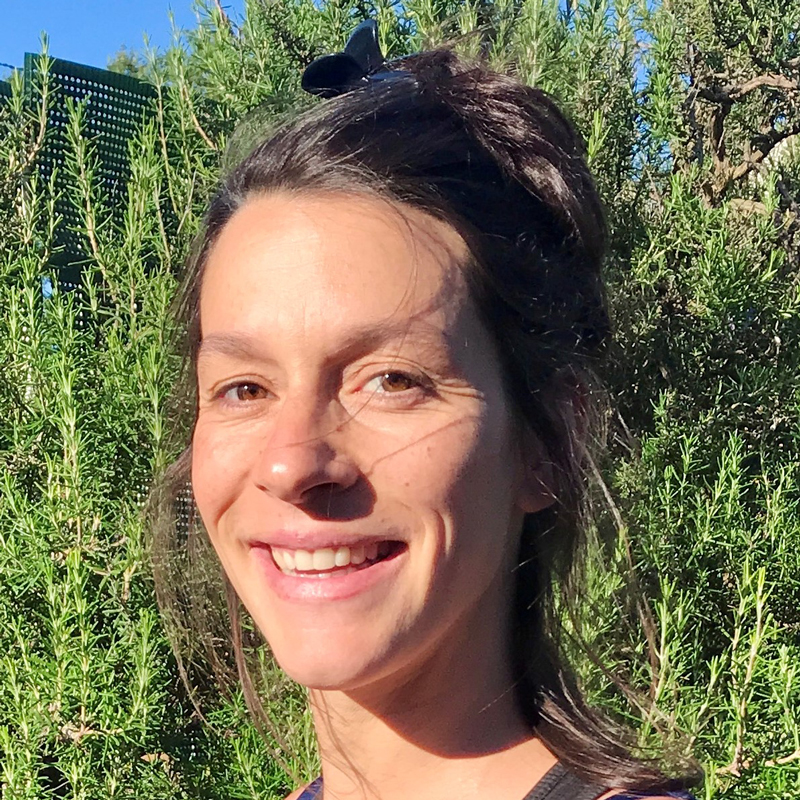
Sophie Cauvy-Fraunié
Researcher since 2017 at INRAe (France); Hydro-ecologist, I specialise in high mountain ecosystems. In the field, both in the Alps and the tropical Andes, I collect terrestrial and aquatic organisms along glacier-influenced gradients to quantify the impact of the presence of a glacier on high mountain biodiversity. I am interested in identifying species dependent on glacial conditions and therefore at high risk and characterising the temporal evolution of terrestrial and aquatic communities with glacial retreat.
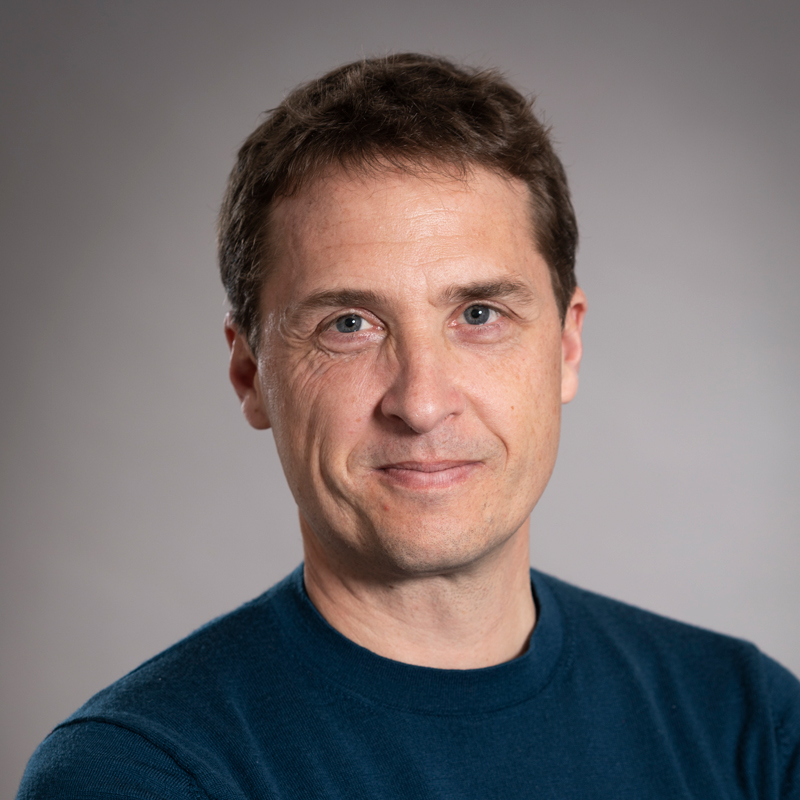
Olivier Dangles
Olivier Dangles is an investigator in sustainability Science at the French Research Institute for Sustainable Development. His research, firmly rooted in inter- and transdisciplinary approaches to sustainability science, focuses on the interaction between food-systems, biodiversity and climate change, mainly in the tropical Andes. He has been an associate researcher in several foreign universities (Ecuador, Bolivia, USA), and is currently based at the Pontifical Catholic University of Ecuador, as an invited professor.
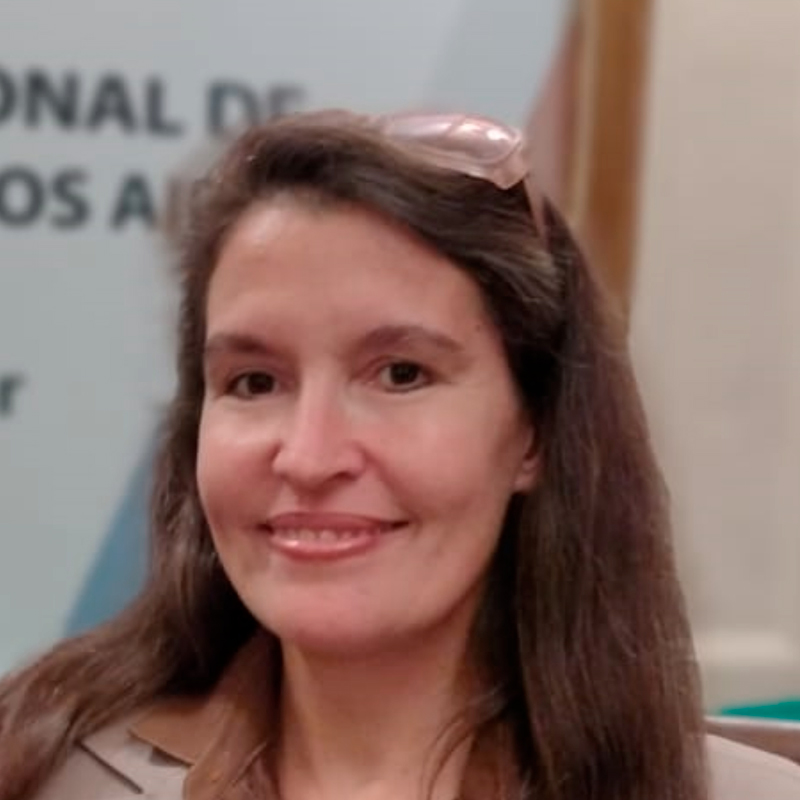
María Constanza Ceruti
Dr Constanza Ceruti is an archaeologist and anthropologist who graduated with a gold medal from the University of Buenos Aires. Doctor of History (National University of Cuyo), researcher at CONICET and Professor at the Catholic University of Salta. Member of the National Academy of Sciences of Buenos Aires. Author of twenty-five books and more than two hundred scientific papers on high-altitude archaeology and sacred mountains. Gold Medal of the Society of Women Geographers, Doctor Honoris Causa (U. Moravian College) and Distinguished Lecturer in Anthropology (U. West Georgia).
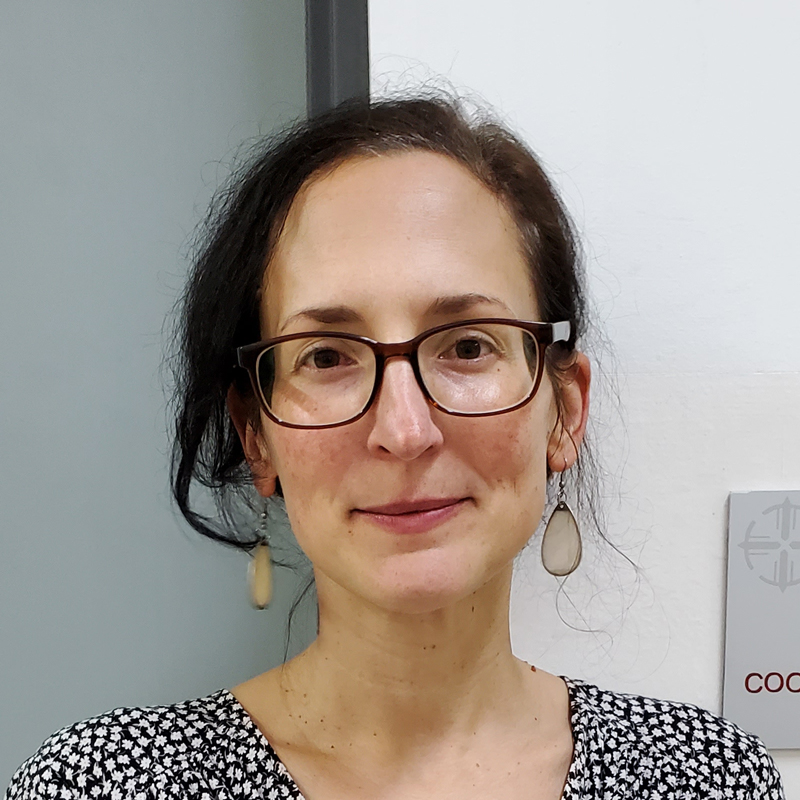
Kathrin Schneider
After completing her university studies in language and culture in Germany and France, Kathrin pursued a PhD in literature in France, specialising in the intersection between science and literature. Her teaching career led her to teach at universities both in Nantes, France, and in Quito, Ecuador, where she lives until now. Her research focuses on digital literacy and cultural hybridity, exploring the situation of languages and cultures in an increasingly globalised world.

Jorge Gómez Rendón
PhD in Linguistics from the University of Amsterdam. Professor of Anthropology at the Pontifical Catholic University of Ecuador. He has been working on the documentation and revitalisation of indigenous languages since 2005. His research interests are linguistic documentation, historical linguistics, interculturality and ethnography through artistic languages. Her most recent publications include several articles on the linguistic history of the northern Andes.
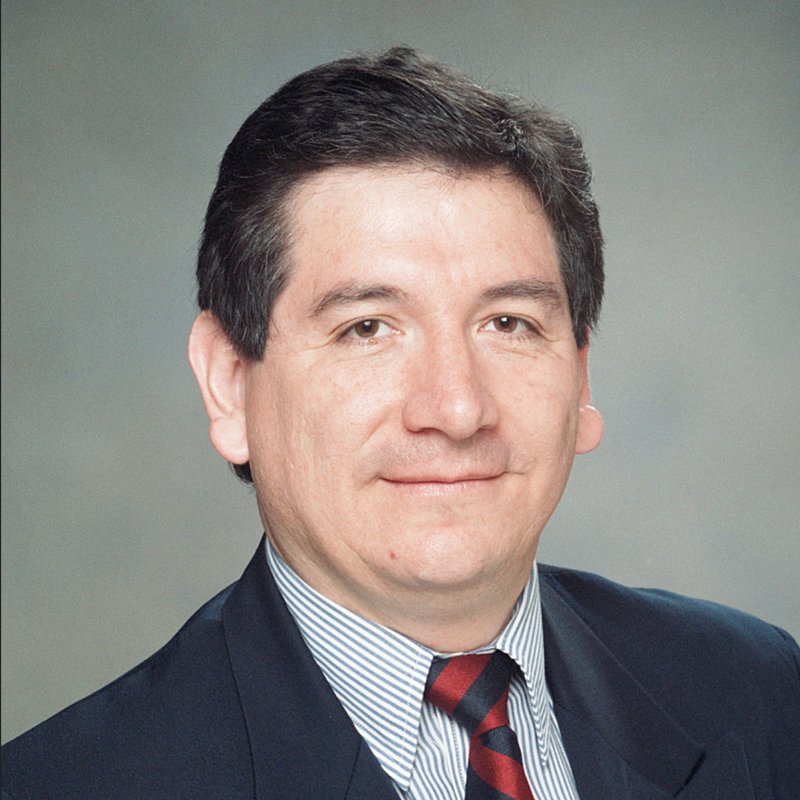
Fausto O. Sarmiento, Ph.D.
Fausto O. Sarmiento, Ph.D. is Professor of Geography at the University of Georgia, USA, where he directs the Neotropical Montology Collaboratory; he examines landscape transformation and ecological legacies with a critical biogeographical vision, a montological lens, and a grounding in political ecology. With montology he produces new narratives of Andean flanks as social-ecological landscapes are constructed, represented, reclaimed and contested.
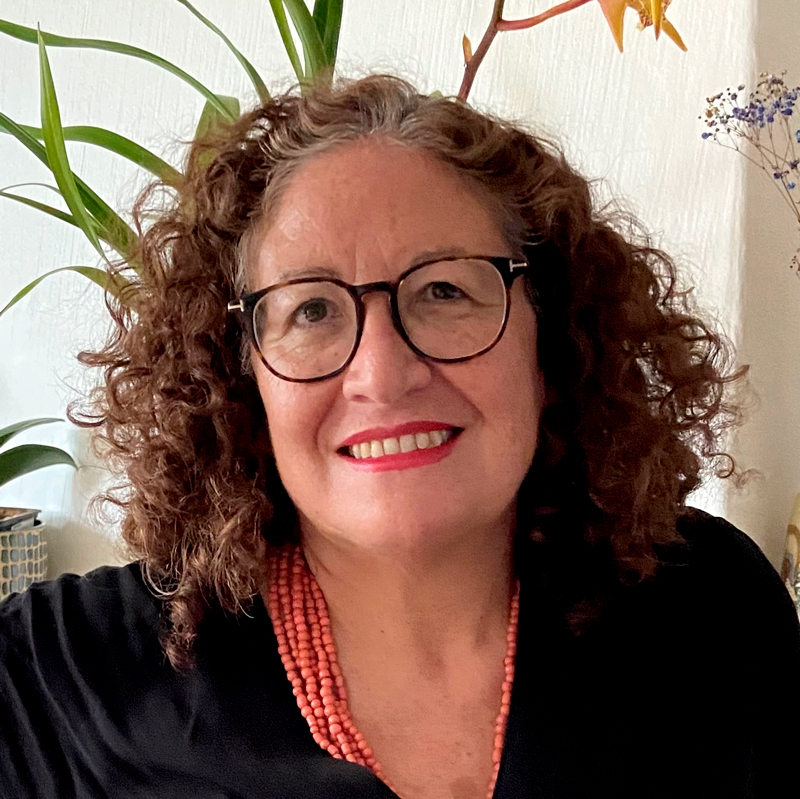
Carmen Fernandez Salvador
Carmen Fernández-Salvador is professor of Art History at Universidad San Francisco de Quito. She has published various studies on colonial and nineteenth-century art, and on the historiography of Ecuadorian art. Her book Encuentros y desencuentros con la frontera imperial: la iglesia de la Compañía de Jesús de Quito y la misión en el Amazonas (siglo XVII), was published in Madrid and Frankfurt by Iberoamericana Vervuert (2018). Currently, she collaborates in Spanish-funded projects for the study of early-modern Jesuit art. She coordinates the project “The Amazon basin as connecting borderland: examining cultural and artistic fluidities in the early modern period”, sponsored by the Getty Foundation.
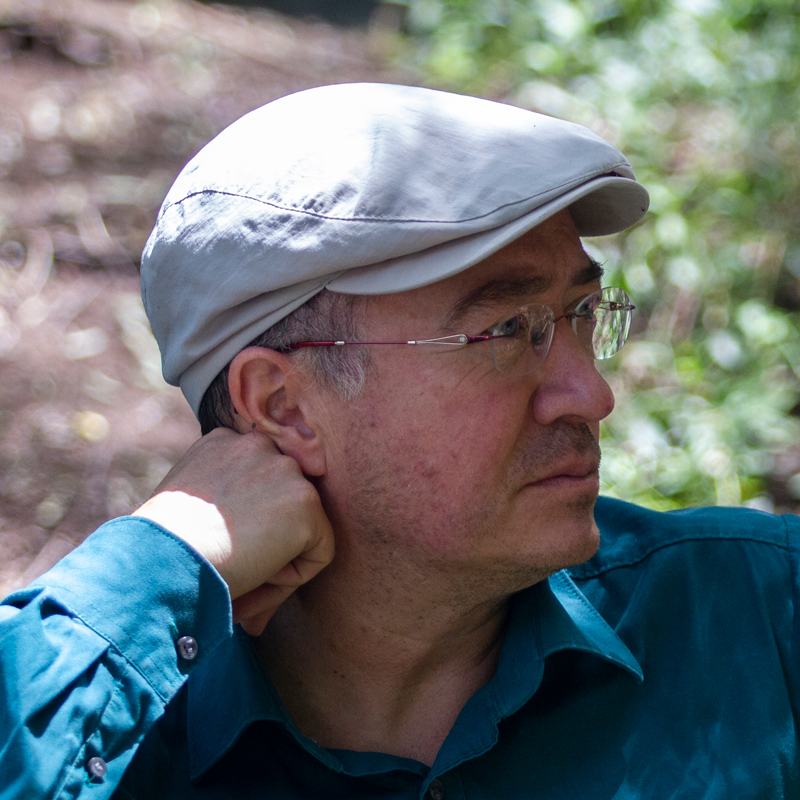
Alden Yépez
Current position: professor (Archaeology degree) and researcher (DINV) at PUCE-Q.
Doctoral thesis: “Wandel und Kontinuität der Keramik aus den Flusstälern Cosanga und Quijos, provincia de Napo, Ecuador”. (Change and continuity in the ceramics of the river tales Cosanga and Quijos, province of Napo, Ecuador), started in April 2004 and completed in December 2008 at the Institut für Altamerikanistik of the University of Bonn. Post-doctoral stays in Germany (Instituti Anthropos) and Austria (University of Innsbruck; IGF- ÖAW).
Main areas of interest: ceramic analysis, digital technologies and landscape studies, archaeology and anthropology of the Andes and equatorial lowlands (Amazonia), montology, landscape hydrodynamics, glacier archaeology.

Adina Racoviteanu
Dr Adina Racoviteanu is a research scientist at the Institut de Recherche pour le Développement (IRD France) specialising in remote sensing of high mountain glaciers in the Andes and Himalayas. Her work adapts a systemic approach that includes monitoring covered glaciers, debris glaciers, supraglacial lakes and the risks associated with glacial change. His research also focuses on glacial geoarchaeology in the Andes, as well as collecting local perceptions of climate change in various mountain ranges, as part of his UNESCO-IGCP 672 project ‘Himalayan Glaciers – risks for local communities’. He is a core member of the Global Land Ice Monitoring from Space (GLIMS) project.
Congress No. 6 “Frozen pasts”:
Slogan: Sciences, humanities and aesthetics of ice through time
Concept:
This meeting will focus on the complex interaction of glaciers with biotic and abiotic factors, as well as with human communities through time. In particular, we want to assess their impact on our perceptions, expressed in the complex ideological systems of mountain ecosystem representations. Frozen Pasts 6 stands for the protection of glaciers, for water conservation and for the well-being of a global citizenry.
1. Glaciers in the Anthropocene
Jorge Gomez (PUCE) and Olivier Dangles (IRD – PUCE)
As key indicators of climate change, glaciers are experiencing unprecedented transformations in the Anthropocene, with significant implications for human socio-economics and culture, hydrological cycles, and ecosystems. This session seeks to bring together cutting-edge research examining the complex interactions between glacial dynamics and anthropogenic influences. We welcome contributions that address a range of topics, including the historical and anthropological study of glaciers in the anthropocene, physical, social and ecological processes driving glacial retreat across time scales, and innovative approaches to thinking the concept of anthropocene in relation to glaciers. We encourage interdisciplinary perspectives that consider both the scientific and human dimensions of glacial transformation in the Anthropocene, with a reflexion on the dynamical dimension of these processes and how they support (or refute) the concept of anthropocene.
2. Historical dimension and archaeology of ice
María Constanza Ceruti (UCASAL – CONICET and Adina Racoviteanu (IRD – GLIMS)
The session dedicated to the past and present of “archaeology on ice” aims to provide a space for reflection, opinion, dissemination and analysis of case studies related to the emergence, expansion, milestones and current events of high mountain archaeology, glacier archaeology, alpine archaeology and the study of frozen mummies. Such research contributes to the appreciation of the historical and cultural aspects of the high mountain landscape and to the strengthening of local identities. The professional contributions of these sciences, whose approaches and discoveries have opened up new horizons for previously consolidated fields of research (Inca archaeology and landscape archaeology, among others), deserve to be better known by the general public and the international scientific community, and have also contributed to the emergence of new disciplines focusing on the cryosphere. Contributions on archaeological research related to mountains and glaciers in the Americas, Europe, Asia, Antarctica and Oceania are welcome.
3. Transdisciplinarity and indigenous montology of the high mountains
Fausto O. Sarmiento (UGA) and Adina Racoviteanu (IRD – GLIMS)
High peaks have recently been identified as sentient landscapes, whose emotionality is translated by ancestral indigenous knowledge, which sees mountains as special places within its sacred pantheon, either as a refuge (due to inaccessibility); as an origin (due to founding myths); as a physical and mental challenge (due to the effort of ascension); as delirium (due to the hypoxia generated by altitude); as the residence of gods (due to the strangeness of caves, gorges, cracks, pinnacles and fulgurites); as the final resting place (due to the cairns and sacrifices of payment and appeasement to angry gods); or as a source (by inspiration or geomancy, knowledge or eureka moment, illumination or theogony and divine revelation or hierophant and prophetic divination). This mysterious power of the frozen mountains cannot be studied from an individual disciplinary angle, but requires the contribution of numerous sciences, humanities, stories, tales and legends, which allows us to better identify the meaning of our frozen past. Not only high mountain archaeology explains the presence of child mummies on the peaks of snowy peaks, but a variety of approaches that contribute to the better interpretation of the traces of the climate, of the ancestors, and their respective traditions and legends about ice, water, waterfalls, rivers, rocks, dew and aquifers converted into offerings, valuable resources, heritage sites, identity elements and connection with the immaterial beings of the high mountains. With a bias of transdisciplinarity, various case studies will be analyzed in which nature-culture hybrids allow for conceiving snow-capped peaks as cultural landscapes with an important ecological legacy.
4. Water in all its forms: an interdisciplinary subject of study
Sophie Cauvy-Fraunié (INRAe) and Carmen Fernandez-Salvador (USFQ)
Beyond the Western and modern conception of water as an element of nature or as an indispensable resource for the development of societies, different cultures at different times in history have emphasised the symbolic value and capacity for meaning of rivers, lakes and glaciers. In addition, different peoples have conceived of water as a living being with its own agency or with a kinship relationship. In all its forms, water is also the habitat of a multitude of life forms, creating spectacular and fragile ecosystems. This session invites us to propose definitions and descriptions of water in its different forms and states, according to the discipline studied, and to reflect on alternative ontologies that recognise correspondences, continuities and relations of reciprocity with the natural environment.
5. Ecocriticism of Glaciers: Science and Aesthetics in the Imaginary
Kathrin Schneider (PUCE) and Carmen Fernandez-Salvador (USFQ)
This section explores the intersection of science and cultural representations in understanding glaciers, focusing on their representation in literature, art and media – from poems and novels to the Disney film Frozen, landscape paintings and art installations. As symbols of both environmental stability and vulnerability, glaciers occupy a unique place in the human imagination, embodying both beauty and danger in our paradoxical relationship with them. From an ecocritical perspective, glaciers are more than natural phenomena: they raise issues of climate change, ecological fragility and human responsibility. Aesthetic representations of glaciers can aim for the sublime, emphasising their beauty and awesome power, but they can also remind us of their rapid loss due to global warming, making them potent symbols of environmental crisis. Scientific texts can also have aesthetic qualities that resonate in cultural narratives. Bringing together the sciences and humanities, this session highlights the need to rethink our relationship with nature and recognise the global significance of glaciers in both ecological and cultural contexts.
6. Glaciers as symbolic places of encounter
Alden Yépez (PUCE) and Olivier Dangles (IRD – PUCE)
Esta sesión pretende explorar los glaciares no sólo como entidades físicas, sino también como espacios emblemáticos que escenifican valores positivos y negativos de sociedades pasadas y presentes. Nos interesan especialmente las contribuciones que examinen los glaciares como lugares de encuentros culturales, religiosos, científicos y geopolíticos. Serán bienvenidos los estudios sobre la intersección de la historia cultural, el turismo, la conservación y el cambio climático en lugares específicos de estudio de glaciares de todo el mundo en los que se haya llevado a cabo un estudio exhaustivo e interdisciplinar. Estos encuentros abarcan desde la interacción de elementos naturales y culturales hasta la convergencia de actores humanos y no humanos, incluidos científicos, comunidades indígenas, gestores, políticos y turistas, así como aspectos existenciales y cognitivos de los glaciares. Al abordar los glaciares como lugares de encuentro polifacéticos, esta sesión pretende ampliar nuestra comprensión de su importancia tanto en el mundo natural como en la experiencia humana.
program
7 JULY 2025: Main Auditorium - Cultural Center
Opening Ceremony of Frozen Pasts
Master of Ceremony – Dr.(c) Alex de Barros
15h00 – 15h10
Inaugural Words
Dr. Fernando Ponce S.J.
15h15 – 16h00
Documentary: “The melting of tropical glaciers at the equator”
Cronista Andino Jorge Anhalzer / Bióloga Naia Andrade
16h00 – 17h00
Forum
Dr. Olivier Dangles / Jorge Anhalzer / Naia Andrade / Carlos Ignacio Man Ging / Segundo E. Moreno / Isabel Dávalos
17h05 – 17h10
Digital exhibition of the parallel academic activities: Introduction
Dr. Alden Yépez
17h15 – 17h20
Chimborazo as a relational territory: memory, sound and future of the glacier
Dra. Estefanía Piñeiros / Dra. Tania González
17h20 – 17h25
Andean Summit Oasis – IRD
Dr. Anne-Gaël Bilhaut
17h25 – 17h30
The Collective Memory of the Carihuairazo
MsC. Adrián Soria
17h30 – 17h35
Decrystallization of Sound Architecture
Arq. Consuelo Crespo
17h35 – 17h40
El Corazón de los Andes
Photographic Exhibition by Sebastián Rodríguez, Room A
17h40 – 17h50
Immersive Antarctica – Virtual tour of the Pedro Vicente Maldonado Research Station
Dis. Mauricio Rosenfeld
Drink in honor of the FP6 Opening Ceremony
8 JULY 2025: Auditorium 1 - Tower 2
8:30 – 9:30
Las montañas ecuatoriales entre el mito y la ciencia »
Segundo E. Moreno Yánez
9:30 – 10:00
Glaciares Andinos: Tiempo y Memoria »
Emilie Dupuits
10:00 – 10:30
Crystal Gallery – Cultural Center
Coffee break
10:30 – 11:00
Memorias del Hielo: Enlazando mundos más allá del fin del mundo »
Maria Rosa Jijon Calderon / Francesco Martone
11:00 – 12:00
El Glaciar 15 del Antisana, 30 años de mediciones sobre balance de mas »
Bolívar Ernesto Cáceres Correa / Antoine Rabatel
12:00- 14:00
Lunch
Immersive Antarctica – Science Room
14:00- 14:30
El último glaciar de Venezuela: sucesión primaria en el frente glaciar »
Alejandra Melfo
14:30 – 15:00
Colonización de los Carabidae (Insecta: Coleoptera) después del retroceso glaciar en el nevado Santa Isabel – Colombia »
Anderson Arenas Clavijo / Sophie Cauvy-Fraunié / Ana Sofía Olaya-Restrepo / James Montoya / Pierre Moret
15:00- 15:30
The Voices of Glaciers: Stories of Grief and Hope among fading Glaciers in the Tropics »
Sofia Lana
15:30 – 16:00
El futuro sin hielo: Perspectivas multiactores sobre la importancia del hielo y el poder dle Chimborazo »
Tania Ivanova González Rivadeneira
16:00- 16:30
La universidad Nacional de Chimborazo comprometida con la salvaguarda de los páramos »
Lui Alberto Tuasa
16:30- 17:00
Crystal Gallery – Cultural Center
Artistic Presentation PUCE-Activa
18:30
Alliance Française
Sensitive Glaciers: Encounter between Art & Science
Moderador: Olivier Dangles, IRD
Participants: Estefania Piñeiros, PUCE / Sophie Cauvy-Fraunie, INRAe / Camila Hernández, Verticálica (compañía de arte en alturas)
9 JULY 2025: Auditorium 1 - Tower 2
8:30 – 9:30
El paisaje científico de los volcanes en la configuración de la identidad ecuatoriana »
Carlos Ignacio Man-Ging Villanueva
9:30 – 10:00
Áreas protegidas desde las voces locales. Caso: Reserva de Producción de Fauna. Chimborazo »
Olmedo Cayambe
10:00 – 10:30
Crystal Gallery – Cultural Center
Coffee break
10:30 – 11:00
Del saber ancestral a la innovación turística sostenible de la montología indígena en el Chimborazo »
Luis Felipe Coello
11:00 – 11:30
PachaLab: Un laboratorio vivo en un paisaje montañoso cultural para el volcán Chimborazo – Ecuador »
Alden Yépez
11:30 – 12:00
Mountain Waters as Natural-Cultural Hybrids: Socio-Hydrological Perspectives in the Mountains of Türkiye »
Neslihan Dal
12:00- 14:00
Lunch
Immersive Antarctica – Science Room
14:00- 15:00
Encontrando a las Oreads: Mito y Montaña globalizada »
Fausto O. Sarmiento
15:00- 15:30
El paisaje sonoro y las poéticas de la escucha de los glaciares »
Jaidy Astrid Diaz Barrios
15:30 – 16:00
Del Cayambe al Popocateptl: waterscapes, tecnología y ritualidad »
Radamés Villagómez Reséndiz
16:00- 16:30
De Corazón Andino »
Elizabeth Imbaquingo
16:30- 17:00
Crystal Gallery – Cultural Center
Artistic Presentation PUCE-Activa
17:00 – 18:00
Immersive Antarctica – Virtual tour of the Pedro Vicente Maldonado Research Station
Dis. Mauricio Rosenfeld
10 JULY 2025: Auditorium 1 - Tower 2
8:30 – 9:30
Eternal crystals? Conflicting perceptions of the Chimborazo glaciers at the dawn of modern Ecuador »
Pierre Moret
9:30 – 10:00
Through the lens of a 6,300 year old moccasin: alpine obsidian procurement, transportation and trade in Tahltan Territory, western Canada »
Duncan McLaren
10:00 – 10:30
Crystal Gallery – Cultural Center
Coffee break
10:30 – 11:00
Los caminos de las altas montañas del Este en la interacción de los Andes y Amazonía durante el período de Integración (500-1250 d.C)sadsadsa »
Carlo Sthefano Serrano Ayala
11:00 – 11:30
Entre glaciares y mares interiores: Variaciones en la ocupación humana, clima y la biodiversidad en los últimos 1500 años en Patagonia meridional (53° S) »
AJimena Torres / Claudia Mansilla / Jorge Gibbons / Maria José Barrientos / Victor Sierpe / Sebastien Bertrand
11:30 – 12:30
Entre el hielo y el cielo: ramas universales y raíces andinas de la arqueología de glaciares y de alta montaña / Between Ice and Sky: Universal Branches and Andean Roots of High Mountain and Glacier Archaeology »
María Constanza Ceruti
12:30- 14:00
Lunch
Immersive Antarctica – Science Room
14:00- 15:00
From Melt to Meaning: Interdisciplinary Insights from the Greater Yellowstone, USA »
Craig Lee
15:00- 15:30
The Grossvenediger metal pennant, East Tyrol-Austria. A testimony to the 1848 movement from the glacier »
Harald Stadler
15:30 – 16:00
Macaxis y Xunxis: Los Hijos Milenarios Puruwás del Tayta Chimborazo en la Llanura de Riobamba »
Christian Paúl Aguirre
16:00- 16:30
La Memoria Colectiva del Carihuairazo »
Adrián Fidel Soria Robalino
16:30- 17:00
Crystal Gallery – Cultural Center
Presentación Artística – PUCE-Activa
11 JULY 2025: Main Auditorium - Cultural Center
8:30 – 9:30
Proteger los glaciares para preservar el agua dulce »
Sophie Cauvy-Fraunie
9:30 – 10:00
Justicia Glaciar: Análisis Comparado de Litigios Climáticos por la Preservación de Ecosistemas Glaciares y Responsabilidad Climática »
Dominik Thaily Chalapud Gavilanes
10:00 – 10:30
Crystal Gallery – Cultural Center
Coffee break
10:30 – 11:00
Modelamiento de preferencias hidráulicas de macroinvertebrados in rios andinos »
Emily Galarza
11:00 – 11:30
NINA: Observatorio de Incendios Forestales del Ecuador Aborigen y Moderno »
Jonathan Isaías Panimboza Deleg
11:30 – 12:00
Agua: estabilidad térmica, herencia de épocas glaciales »
Andrés Ricardo Merino-Viteri
12:00 – 12:30
Río Somos: El Viaje Que Comienza Cuando El Hielo Se Derrite »
Karina Alexandra Lopez Ruano / Diego Mina
12:30- 14:00
Lunch
Immersive Antarctica – Science Room
14:00- 15:00
Water, landscape and language. Hydronymy at the crossroads of perception and culture »
Jorge Gómez
15:00- 15:30
El agua elemento estructurante de los paisajes culturales. Caso de estudio, Urcuquí »
Rita Díaz / Marcelo León
15:30 – 16:00
Apus, hieleros y abastecimiento. Los glaciares desde una mirada socioambiental entre los siglos XVII y XX en e actual Ecuador »
Sofía Luzuriaga Jaramillo
16:00- 16:30
Tejiendo resiliencia desde los Andes: fortalecimiento de capacidades locales frente al retroceso glaciar »
Itala Melania Yepez Zabala
16:30- 17:00
FP6 Synthesis/ Olivier Dangles
Schedule of museum exhibitions and side events
Chimborazo as a relational territory: memory, sound and future of the glacier (Cultural Center Room B)
Andean Summit Oasis – IRD (Cultural Center Science Room, first floor)
The Collective Memory of the Carihuairazo (Cultural Center – Main Gallery)
Immersive Antarctica – Virtual tour of the Pedro Vicente Maldonado Research Station – INOCAR.
Decrystallization of Sound Architecture (Regional Water and Glaciers Archaeology Laboratory, underneath Towers 1 and 2)
Sponsors
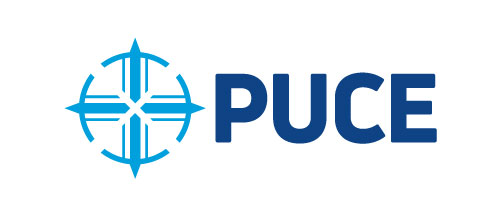


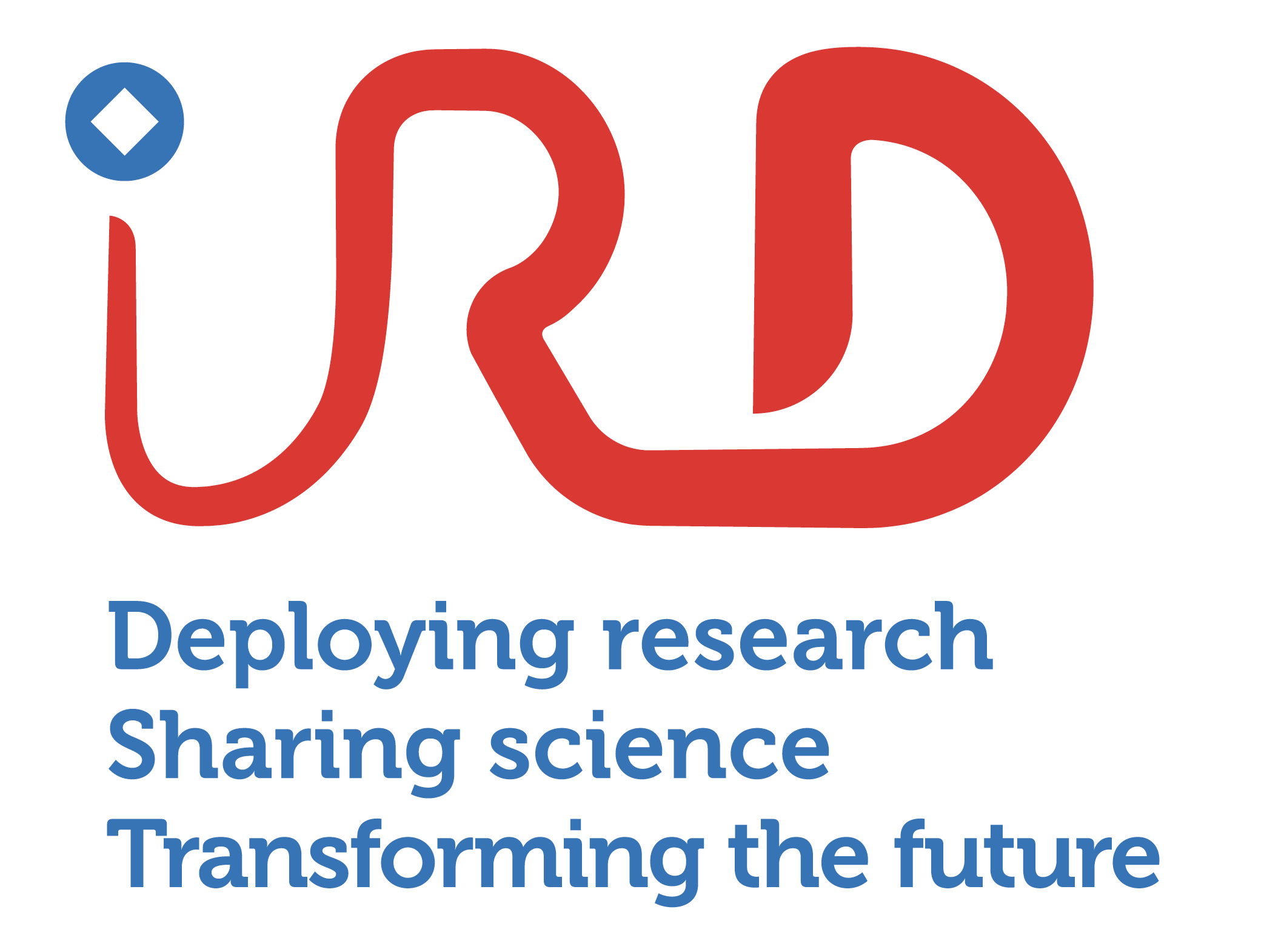



Supporters


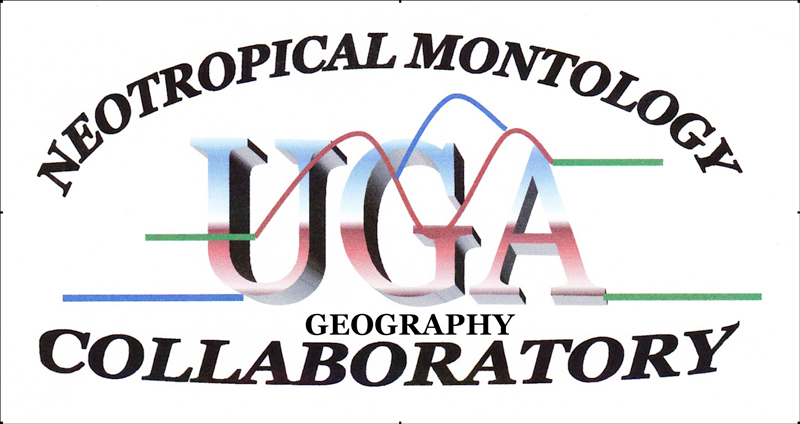

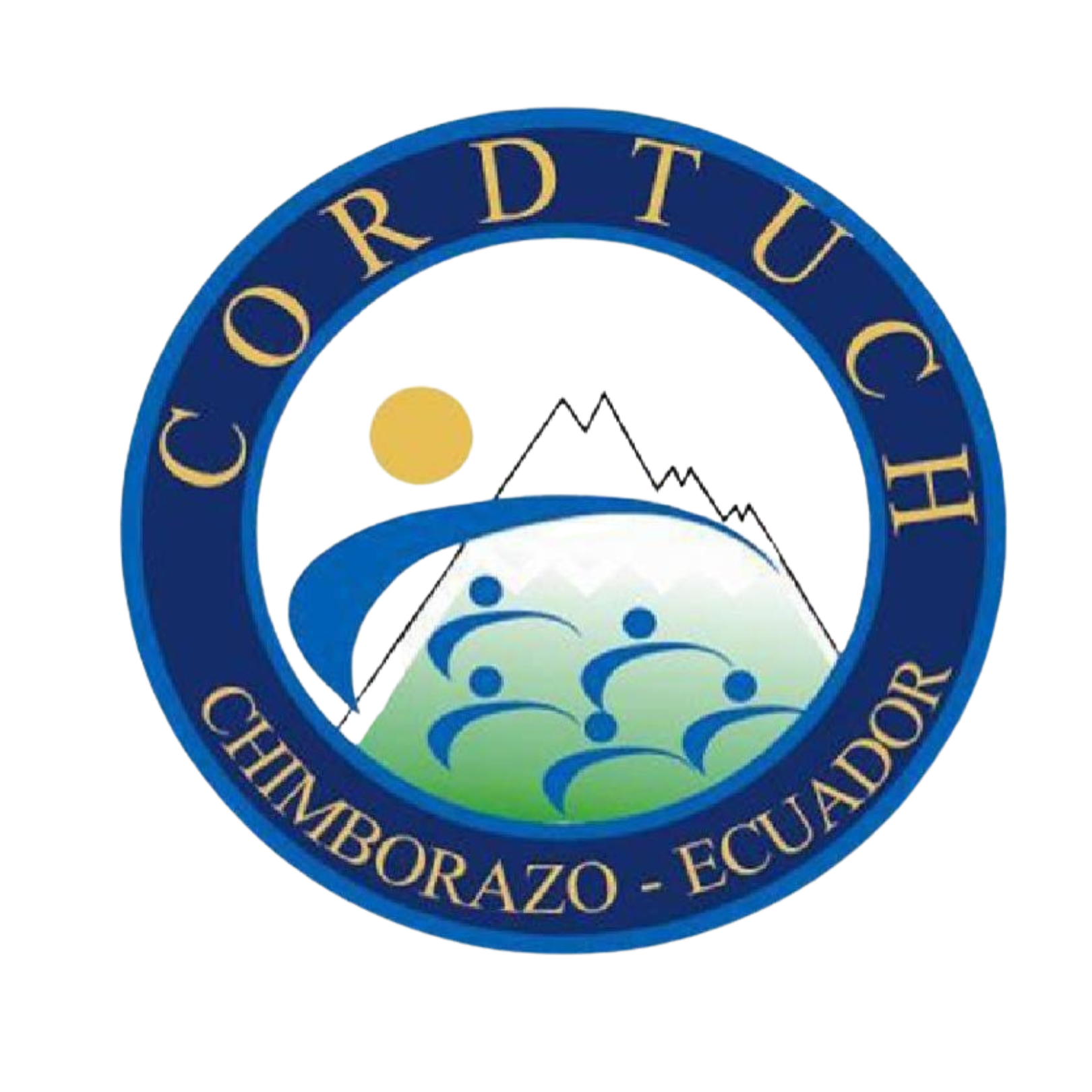
Previous Conferences
Additional information regarding Frozen Past Conferences can be found here:
FP5 – 2021- (INSTAAR/Montana, USA):
FP4 – 2016- (Innsbruck, Austria)
See Information:
FP3 – 2012 - (Whitehorse, Yukon)
FP2 – 2010 - (Trondheim, Norway)
FP1 – 2008 - (Bern, Switzerland)
International meetings
2021
Chico Hot Springs, Montana. 71 attendees, 40 presentations and posters, 1 exhibition, fieldtrips.
2016
Innsbruck, Austria. 57 presentations, 106 participants, 1 exhibition, field trip.
2012
Whitehorse, Canada. 34 presentations, 3 posters, 90 participants, 1 exhibition, field trip (cancelled due to weather)
2010
Trondheim, Norway. 37 presentations, 70 participants, museum exhibition, field trip.
2008
Bern, Switzerland. 18 presenters, 30 participants, museum collection tour, field trip.
Journal of Glacial Archaeology (JGA)
The Journal of Glacial Archaeology founded in 2012 and first issue published in December 2014.
Information related to JGA is available HERE
Important announcements
The United Nations General Assembly has declared 2025 as the International Year of Glacier Preservation:
Declaración de apoyo y adhesión de la PUCE al Año Internacional de la Preservación de los Glaciares new
Other announcements related to glacier archaeology:
Please feel free to share and distribute this web site with appropriate organizations, individuals, and institutions that may have an interest in glacial archaeology.
